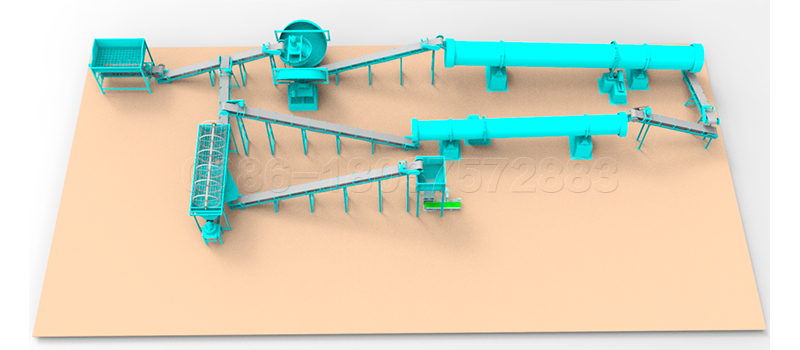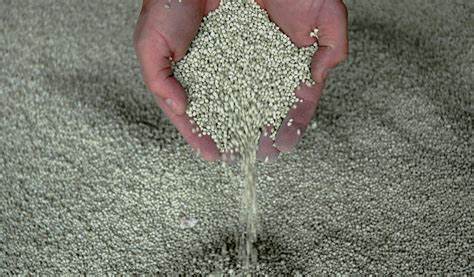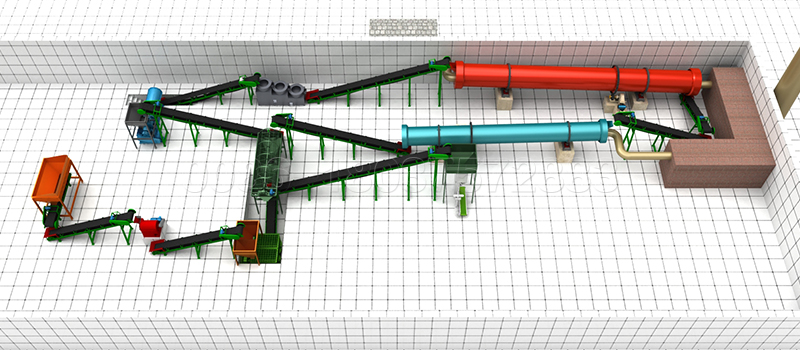The fertilizer machine manufacturer of the organic fertilizer production line will tell you the reason for the caking of organic fertilizer. The sx manufacturer of the organic fertilizer production line said in the last article that in fact, the premise of prevention is to find out the cause of caking. Everyont also knows that caking is not conducive to the use of organic fertilizer, and has a certain impact on the production and use of organic fertilizer. Want to answer why pig manure organic fertilizer production line caking.
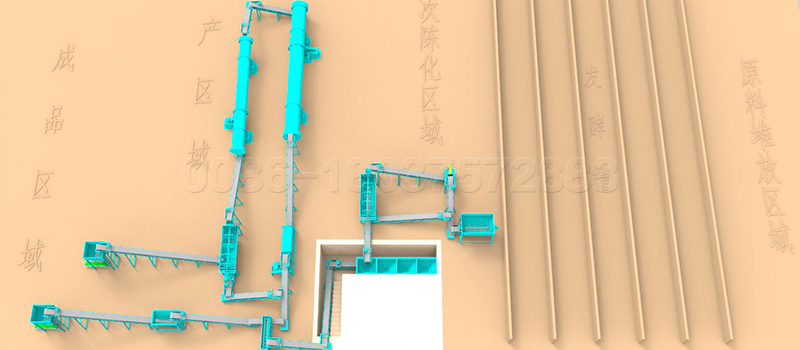
We usually use the materials for fertilizer production, such as ammonium salt, phosphate, trace element salt, potassium salt, etc., most of which contain crystal water and are easy to absorb water and caking, such as ammonium sulfate, which is easy to caking in use. When urea meets with trace element salt, it is easy to agglomerate when releasing water, mainly because urea replaces trace element salt. The crystal water becomes mushy and agglomerates.
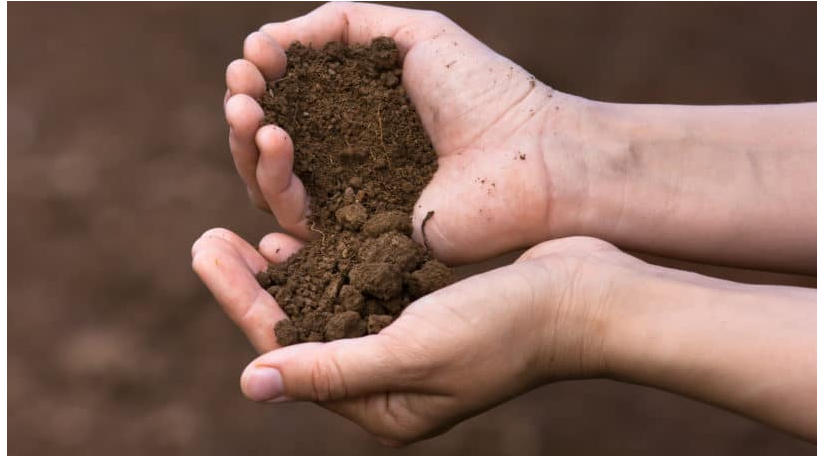
In the process of chemical fertilizer production, chemical fertilizer production is generally non closed. In the production process, the higher the air humidity is, the easier the fertilizer is to absorb water and caking. If the weather is dry or the raw materials are dry, the fertilizer will not agglomerate easily.
Organic fertilizer production line
The higher the room temperature of extruder granulator, the easier to dissolve. Generally speaking, raw materials will dissolve in their own crystal water, leading to caking. The higher the temperature of nitrogen, the water will evaporate and not caking easily. The temperature is usually higher than 50 ℃. We usually need heating to reach this temperature.
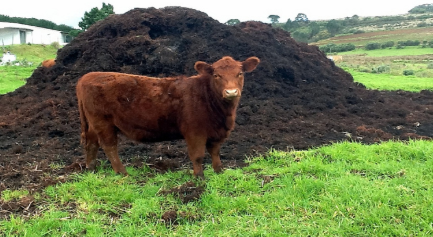
The greater the pressure applied on the fertilizer, the easier the contact between the crystals and the easier the agglomeration; the smaller the pressure applied, the less the agglomeration.
The longer the fertilizer is placed, the easier it is to agglomerate. The shorter the time, the less likely it is to agglomerate.
Only when the production line of organic fertilizer does not ignore the problem of caking, can we find out the reason of caking. Serious caking may even affect the use efficiency of organic fertilizer.


